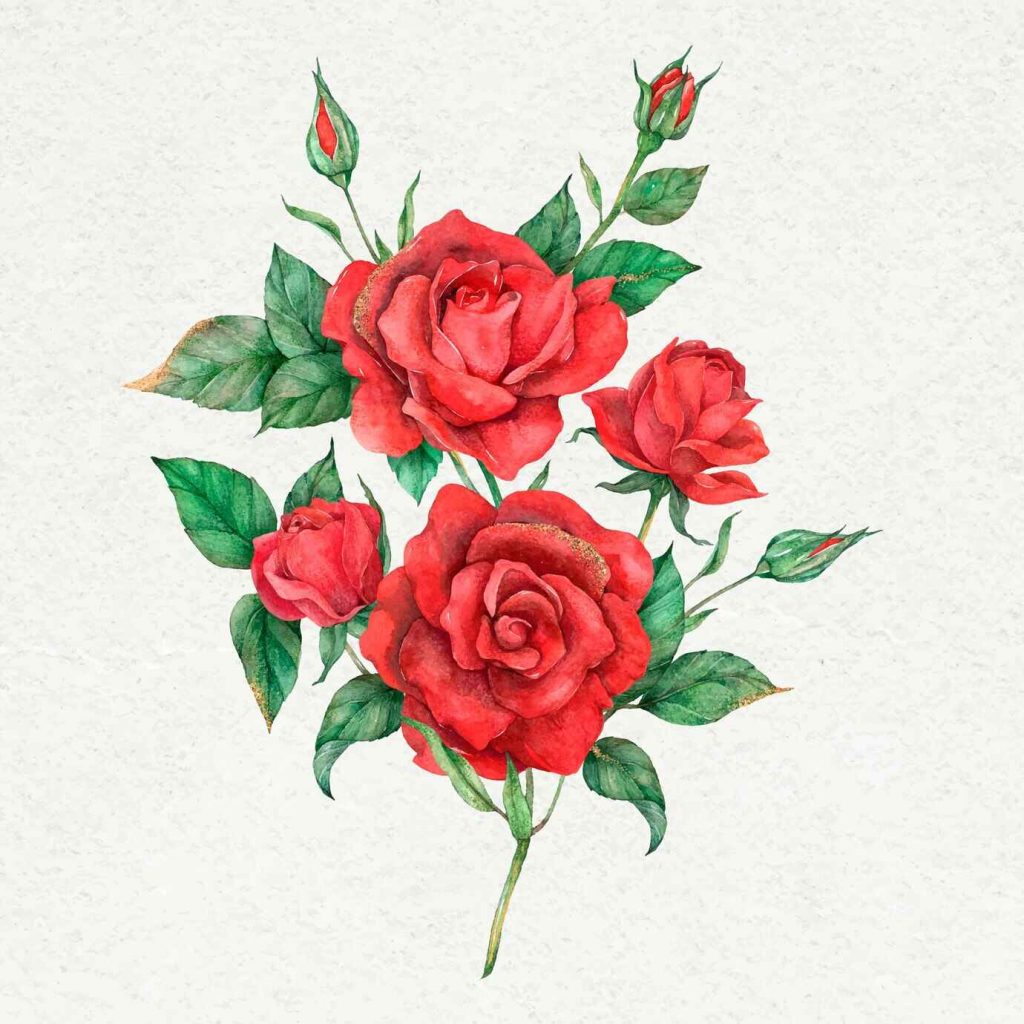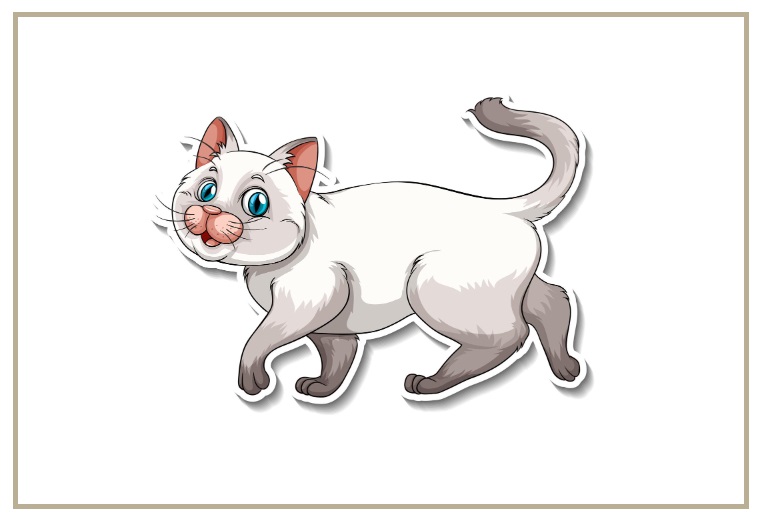
Introduction To Drawing:Kkbuebxxlzy= Rose How To Make A Perfect Rose Drawing ?
Roses have captivated hearts and inspired artists for centuries. Their intricate petals, rich colors, and symbolic meanings make them a favorite subject in art. If you’ve ever admired a beautifully drawn rose and wondered how to create your own masterpiece, you’re in the right place. Drawing:Kkbuebxxlzy= Rose can seem daunting at first, but with some guidance and practice, you’ll be able to bring this stunning flower to life on paper.
Whether you’re an aspiring artist or just looking for a fun creative outlet, mastering the art of rose drawing is achievable. With the right materials at hand and step-by-step instructions to follow, you’ll soon discover that creating your perfect rose is not only rewarding but also incredibly enjoyable. Let’s embark on this Drawing:Kkbuebxxlzy= Rose and floral journey together!
Drawing:Kkbuebxxlzy= Rose Essential Materials for a Perfect Rose Drawing
- To create a stunning rose drawing, having the right materials is essential. Start with quality paper. A smooth surface works wonders for fine details, while textured paper adds depth.
- Next, choose your pencils wisely. A range of graphite pencils from 2H to 6B will give you flexibility in shading and detailing. Don’t forget an eraser; both kneaded and standard types are handy for corrections.
- If you’re inclined to add color, invest in good-quality colored pencils or watercolors. These can enhance the vibrancy of your rose petals beautifully.
- A sharpener will keep your tools ready for action, while blending stumps help achieve those soft transitions between shades.
- Consider having reference images on hand. They can guide your Drawing:Kkbuebxxlzy= Rose sketching process and inspire creativity as you bring your rose to life on paper.
Drawing:Kkbuebxxlzy= Rose Step-by-Step Guide on How to Draw a Rose
- Drawing:Kkbuebxxlzy= Rose Begin by lightly sketching the outline of the rose. Start with a small circle for the center, then draw curved lines radiating outward for petals. This gives you a solid base.
- Next, refine your shape. Add layers to each petal, creating depth and dimension. Remember that roses have overlapping petals; they should look natural and flowing.
- Once satisfied with your outline, it’s time to add details. Use gentle strokes to indicate the texture of the petals and subtle folds. Shadows will enhance realism focus on areas where light won’t hit directly.
- After detailing, shift your focus to coloring. Select vibrant shades for an authentic look: deep reds or soft pinks work wonders. Blend colors smoothly while preserving lighter highlights in certain areas for shine.
- Embrace creativity throughout this process! Each drawing is unique; allow personal flair to emerge as you progress.
A. Sketching the Outline of the Rose
- Begin your Drawing:Kkbuebxxlzy= Rose by lightly sketching the overall shape. Use a pencil to create simple shapes like circles and ovals. This forms the foundation of your flower.
- Focus on the center first. Draw a small spiral to represent the innermost petals. Around this, add larger oval shapes for outer petals. Don’t worry about perfection—this is just a guideline.
- Next, define the petal edges with gentle curves that mimic nature’s flow. Pay attention to how petals overlap; this adds depth and realism.
- Keep your lines light so they can be easily erased later if needed. Remember, each rose is unique, so embrace any imperfections in your outline as part of its charm!
- Be patient during this Drawing:Kkbuebxxlzy= Rose step; it sets everything else in motion for your masterpiece ahead.
B. Adding Details and Shadows
- Adding details and shadows is where your rose truly comes to life. Start by focusing on the petals. Observe their natural curves and folds. Add fine lines to indicate texture; this will give depth.
- Next, consider the light source for your shadowing technique. Shadows create dimension and can enhance realism in your drawing. Use a softer pencil or blending tool to gently shade beneath each petal, especially where they overlap.
- Don’t forget about the stem and leaves! They need shadows too. Shade along one side of the stem while keeping the opposite side lighter to show form.
- Highlight Drawing:Kkbuebxxlzy= Rose some areas with an eraser for contrast. This method adds vibrancy and makes certain features pop out more prominently within your artwork.
C. Coloring and Shading Techniques
- Coloring and shading can transform your rose drawing from simple to stunning. Start with light layers of color using colored pencils or watercolor paints. This approach allows you to build depth gradually.
- Choose hues that mimic a real rose soft pinks, deep reds, or even vibrant yellows. Apply the base layer lightly, ensuring it fills all spaces evenly without overpowering the details underneath.
- For shading Drawing:Kkbuebxxlzy= Rose, identify your light source. The areas closest to this source will be lighter while those further away should feature deeper tones. Use gentle strokes for blending edges between colors; this creates a more natural look.
- Don’t shy away from experimenting with contrasts. A pop of white gel pen can highlight certain petals and create an exquisite shine effect that resembles dew drops in morning sunlight.
Drawing:Kkbuebxxlzy= Rose 5 Tips and Tricks for a Realistic Rose Drawing
- To create a realistic rose drawing, start by studying real roses. Observe the shapes and shadows closely. This will help you understand the intricacies of petals.
- Use light pencil strokes for your initial Drawing:Kkbuebxxlzy= Rose sketch. It’s easier to make adjustments this way. Focus on capturing the flow of each petal as they curl and overlap.
- Don’t shy away from layering your colors. Build depth using different shades of red, pink, or white for realism. Blend these colors gently to avoid harsh lines.
- Pay attention to highlights; they can bring your rose to life. Use a white pencil or eraser for subtle brightness where light hits the petals.
- Practice! Each attempt will enhance your skills and understanding of this beautiful flower’s Drawing:Kkbuebxxlzy= Rose structure and form.
Common Drawing:Kkbuebxxlzy= Rose Mistakes to Avoid
- When embarking on your Drawing:Kkbuebxxlzy= Rose journey, it’s easy to fall into some common traps. One frequent mistake is rushing the initial sketch. Take your time here; a solid outline makes everything else easier.
- Another pitfall is neglecting proportions. Ensure petals are balanced and harmoniously aligned for a more realistic look. It’s essential to observe real roses closely or reference high-quality images while you draw.
- Many Drawing:Kkbuebxxlzy= Rose artists often overlook shading techniques too soon in their process. Gradual layering of shadows adds depth and dimension. Avoid jumping straight to coloring; build up from light to dark shades instead.
- Don’t hesitate to experiment with different styles and approaches. Sticking too rigidly to one method can stifle creativity and growth as an artist. Embrace mistakes they’re part of learning!
Inspiration and Resources for Improving Your Drawing:Kkbuebxxlzy= Rose Skills
- Finding inspiration for your Drawing:Kkbuebxxlzy= Rose can come from various sources. Nature is an obvious choice; take a stroll in a garden or park. Observe the unique shapes and colors of real roses.
- Books on botanical illustration often provide valuable insights into techniques and styles. They can guide you through the intricacies of capturing details that make your drawings stand out.
- Digital platforms are treasure troves for aspiring artists. Drawing:Kkbuebxxlzy= Rose Websites like Pinterest or Instagram feature countless posts dedicated to floral art, showcasing different interpretations and methods.
- Engaging with online communities can also enhance your skills. Join forums where fellow artists share tips, critiques, and encouragement.
- YouTube tutorials offer step-by-step guidance from expert illustrators who break down complex techniques into manageable parts. Watching these videos can spark creativity while sharpening your own style in Drawing:Kkbuebxxlzy= Rose.
Conclusion: Practice Makes Perfect
The journey of learning how to draw a rose “Drawing:Kkbuebxxlzy= Rose” is filled with creativity and exploration. Each stroke brings you closer to capturing the intricate beauty of this timeless flower. Remember, mastering the art of drawing takes time and dedication.
With consistent practice, you’ll notice improvement in your technique and confidence. Embrace each attempt, whether it’s a success or a lesson learned. Don’t be afraid to experiment with different styles and methods; every artist has their unique touch.
So grab those materials and start sketching Drawing:Kkbuebxxlzy= Rose! The more you draw, the better you’ll become at creating stunning rose illustrations that reflect your personal style. Keep pushing yourself, stay inspired, and enjoy the process after all, practice truly does make perfect!


